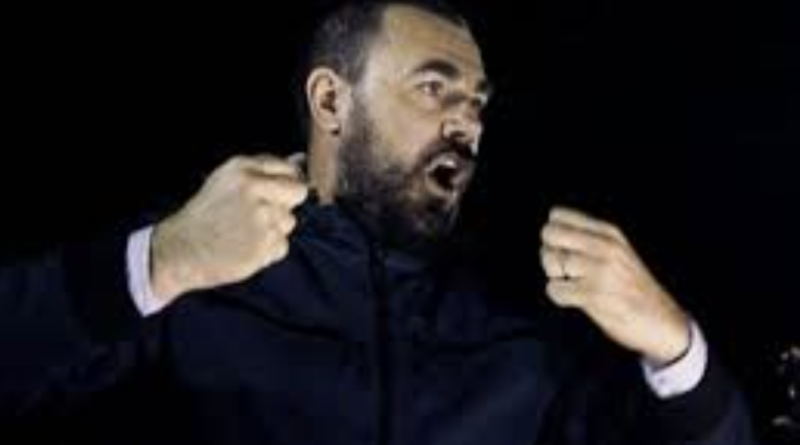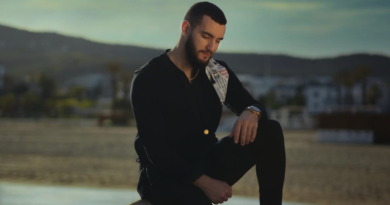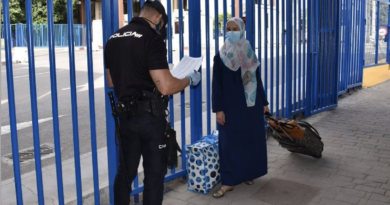Hirak Rif Leader Zefzafi
Nasser Zefzafi is a Moroccan political activist who rose to prominence during the 2017 Moroccan protests, also known as the Hirak Rif. Zefzafi is the Leader of the movement demanding political and social reforms, which was a series of protests and demonstrations that took place in the northern region of Morocco.
Growing up in a marginalized region
Zefzafi was born in the town of Al-Hoceima, located in the Rif region of Morocco in 1979, which is a predominantly Amazigh-speaking area. Nasser was born in a locally known family, as his great-grandfather was the minister of interior of the Rif Republic under the rule of Abd el-Krim El-Khattabi. According to Wikipedia, Zefzafi’s father was an activist in the leftist party of National Union of Popular Forces.
Nasser participated in the 2011–2012 Moroccan protests that took place all over the country. In 2011, Morocco was hit by a wave of protests and demonstrations inspired by the Arab Spring uprisings in other parts of the Arab world. These protests were led by young people who were demanding greater political freedom, social justice, and an end to corruption. He was still relatively unknown during this period.
Zefzafi Taking part in Hirak Rif protests
Nasser Zafzafi also took part in spontaneous protests after the death of Mohcine Fikri, a 31-year-old fish seller, who was crushed to death in a garbage truck in 2016. In January 2017 he told the Spanish news site El Español: “What has happened to Fikri also affects us: if we keep quiet today, it will continue. That is why we must go out to stop this”.
The protests spread to the nearby cities and villages to a movement called the “RIF movement” or the “HIRAK RIF”. Hirak stands for movement in Arabic, and Rif is the name of the region. The protesters demanded a list of economical and social reforms, denouncing all kinds of tyranny and corruption.
This contestation took a political and identity turn since April 2017, when the Moroccan government initially accused the protest leaders of separatism and being secretly steered from abroad, while Zefzafi denied all these accusations.
Zefzafi emerged as one of the leaders of the mouvment and started speaking to the media and rallying support in nearby cities and villages. He also gained international attention after Moroccan diaspora in Europe, with roots to the region, started pressuring their local EU representatives for support to the demands of the protests.
Zefzafi Arrest and Imprisonment afterwards
The movement was initially peaceful, but it quickly became more volatile as the Moroccan authorities responded with a crackdown. Zefzafi and other leaders of the movement were arrested and imprisoned. He was later transferred in dramatic scenes in a Helicopter to Casablanca. Zefzafi was accused of inciting violence and leading an illegal organization. He and other leaders of the movement were sentenced to 20 years in prison.
Despite his imprisonment, Zefzafi has remained a powerful symbol of resistance and a hero to many young Moroccans who see him as a champion of their rights. The Moroccan government has faced criticism for its handling of the protests and its treatment of Zefzafi and other political prisoners.
Zefzafi’s case has attracted international attention, with human rights groups calling for his release and criticizing the Moroccan authorities for using trumped-up charges to silence dissent. The 2017 Hirak Rif Movement may have been suppressed, but the issues that it raised have not gone away, and Zefzafi’s struggle continues to be an important and controversial issue in Morocco.



